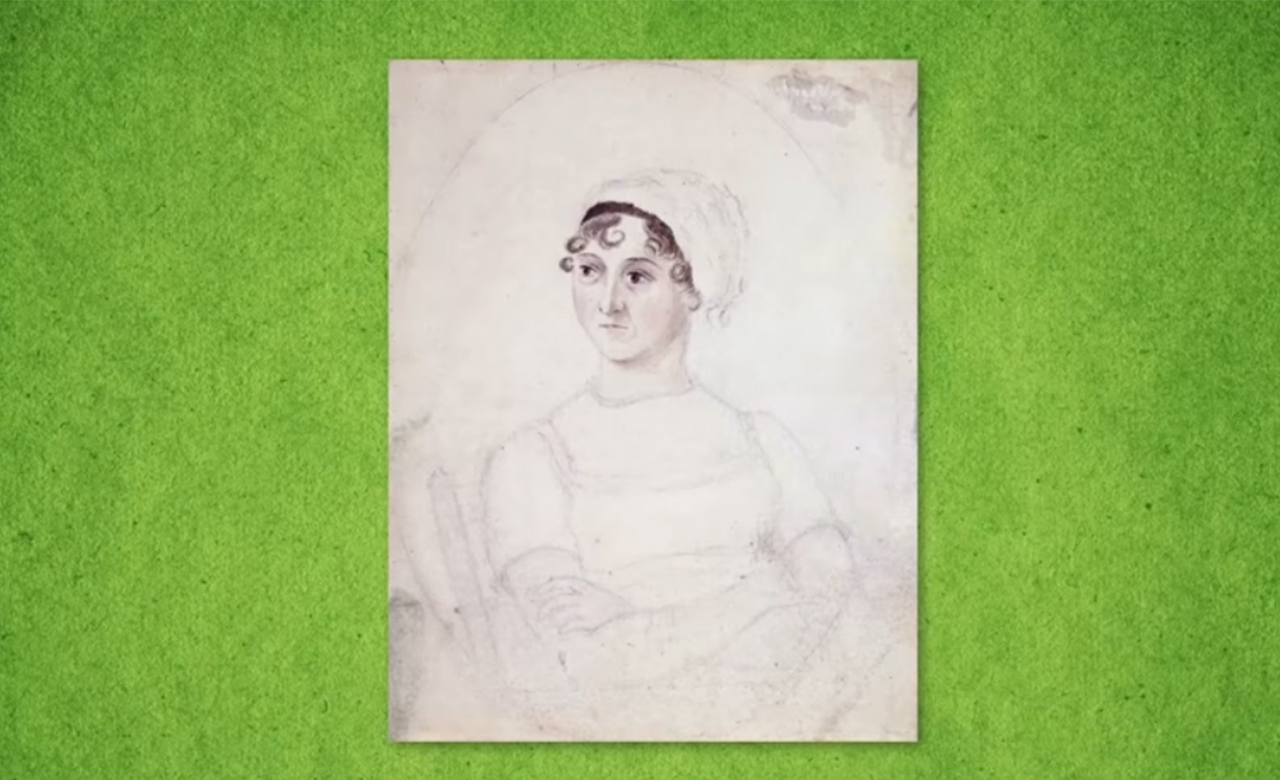Jane Austen was an author from the Georgian era, best known for her novels Pride and Prejudice, Emma, and Sense and Sensibility.
While not widely famous during her time, her novels of love and romance gained popularity after 1869, and her reputation was then boosted during the 20th century. Her stories are greatly considered literary classics, as they bridged the gap between realism and romance.
Early Life
The seventh child of George and Cassandra Austen, Jane Austen, was born in December 1775 in Steventon, Hampshire. Her parents were respected members of their community as her father served at the nearby Anglican parish. The children grew up in a home that enabled learning and creative thinking. During their childhood, they were encouraged to read from their father’s library, writing and putting on plays.
Austen would later become close to her father and sister, Cassandra, with whom she collaborated on a published work. As part of their father’s investment planning, the sisters were sent to boarding schools. Their formal education, however, was cut short because of financial constraints, and they soon returned home and lived with their family.
Literary Works
With her growing fascination with stories, Austen began writing in bound notebooks. During her adolescence, she started to draft her own novels and penned Love and Friendship, a romantic fiction organized as a collection of love letters. The following year, she wrote The History of England, a 34-page parody that included illustrations to Cassandra’s credit. These notebooks, encompassing her short stories, novels, poems, and plays, are referred to as Austen’s Juvenilia.
Austen spent most of her early adulthood playing the piano, attending church, helping run the family home, and socializing with neighbors. Her weekends often involved cotillions, resulting in her becoming an accomplished dancer. On some evenings, she would choose a book from the shelf and read it to her family, including one she had written herself.

Austen continued to write, developing her craft and style in works like Lady Susan, another epistolary story of a manipulative woman who uses her charm and intelligence to have her way with others and gas up her own ambitions. She also began to write a few of her future significant works, including Elinor and Marianne, another epistolary story, which was eventually published as Sense and Sensibility. She also wrote drafts of First Impressions, which was published as Pride and Prejudice. Austen’s written piece, Susan, was later published as Northanger Abbey by her brother, Henry, after her passing.
By the early 1800s, Austen moved to Bath with her parents and Cassandra. After their father passed away in 1805, the three women had money management problems and moved from one place to another, renting flats and living with various family members. In 1809, they were able to find a stable living condition at Austen’s brother Edward’s Chawton cottage.
Austen began publishing her works anonymously in her 30s. In the period between 1811 and 1816, she pseudonymously published her novels, which received critical acclaim.

Passing
At only age 41, Austen became ill with what might have been Addison’s disease. She made investments and impressive efforts to continuously work at a normal pace, editing her older works and starting a new novel titled The Brothers, which would later be published as Sanditon after her passing. Her book, Persuasion, was also published posthumously. At some point, the famed author’s condition deteriorated to such a degree that she ultimately stopped writing. She passed away on July 18, 1817, in Winchester, Hampshire.

Legacy
Austen received accolades for her oeuvre while still alive, and her first three novels garnered financial reward and critical attention. It was, however, after she passed away that her brother Henry disclosed to the public that Austen was the author.
Today, she is widely credited as one of English history’s greatest writers, both by the general public and the academics. Her transformation from little-known to critically and internationally renowned author started in the 1920s when literary scholars acknowledged her works as masterpieces, thus increasing her worldwide popularity.
Her notable works are adapted into many films and TV shows, such as Mansfield Park, Emma, and Pride and Prejudice.

